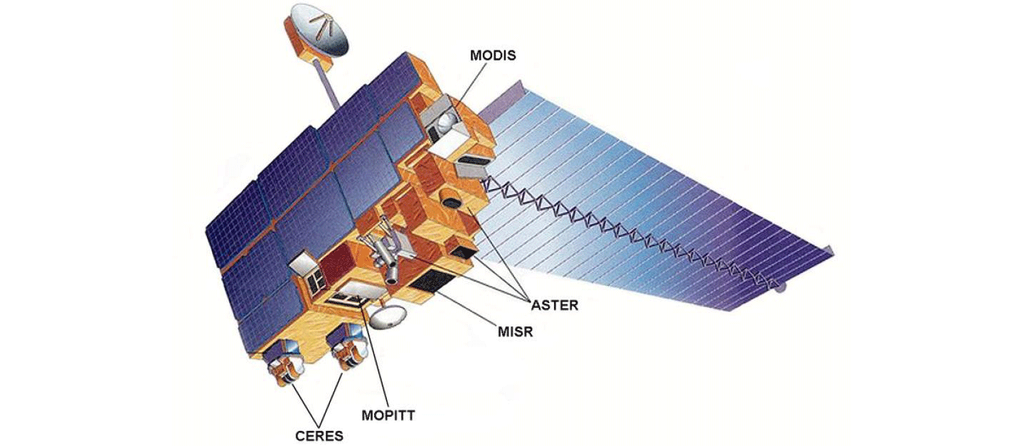
NEOWISE Discovers Comet NEOWISE
Comet C/2020 F3 NEOWISE appears as a string of fuzzy red dots in this composite of several heat-sensitive infrared images taken by NASA's NEOWISE space telescope (the Near-Earth Object Wide-field Infrared Survey Explorer) on March 27, 2020. The comet was discovered using these images to track its motion across the sky against the backdrop of stationary stars and galaxies. These images have been processed such that cyan colors represent NEOWISE's 3.4-micron channel (a wavelength of infrared light approximately seven times longer than the green light that humans see), while red colors represent the NEOWISE 4.6-micron channel. The comet's extended halo, or coma, of gas and dust was already apparent in the discovery images. The comet appears much redder than the background stars and galaxies because it is much cooler and therefore emits more light at longer wavelengths.
- X



























